Most Amazing Mountains of Nepal: Simple Guide for Adventure Lovers (2025)
Nepal, the land of the Himalayas, is a paradise for mountain enthusiasts. Home to the world’s tallest peaks and stunning trekking routes, it offers something for everyone—from beginners to expert climbers. Let’s explore some of Nepal’s most iconic mountains, their heights, and where to find them. Ready for an adventure? Let’s dive in!
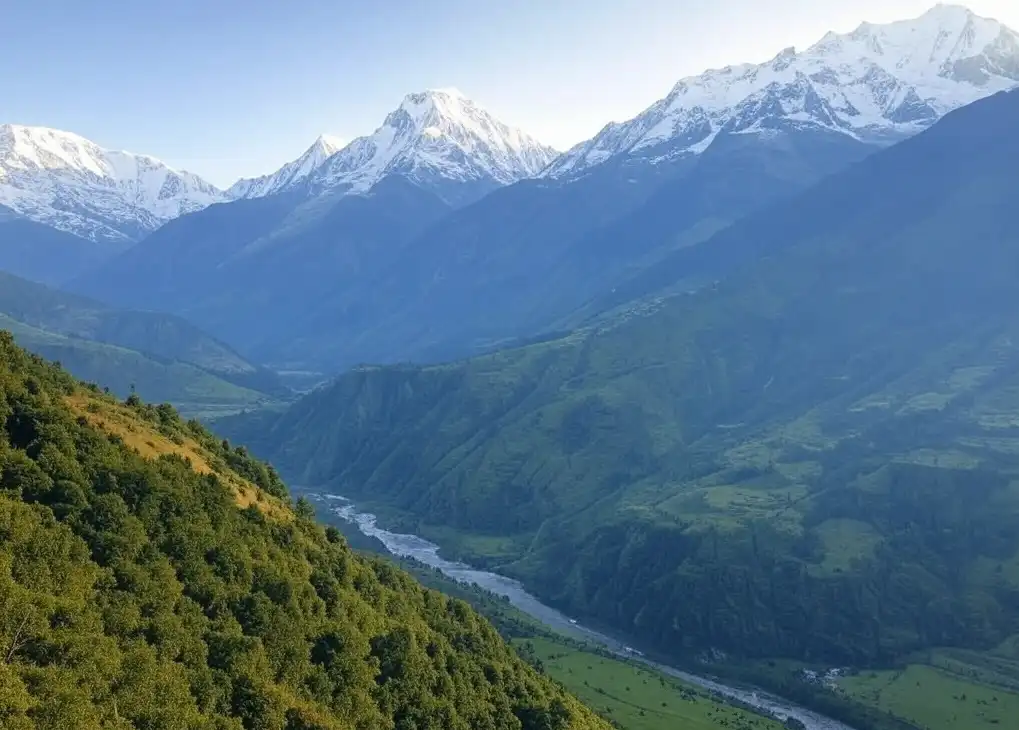
The Tallest Peaks in Nepal
Nepal is famous for its "eight-thousanders"—mountains over 8,000 meters. These giants attract climbers from around the globe.
- Mount Everest (8,848.86 m)
- Where: Solukhumbu, Everest Region
- Why It’s Special: It is the highest mountain on Earth! It’s a dream for climbers and a bucket-list spot for trekkers.
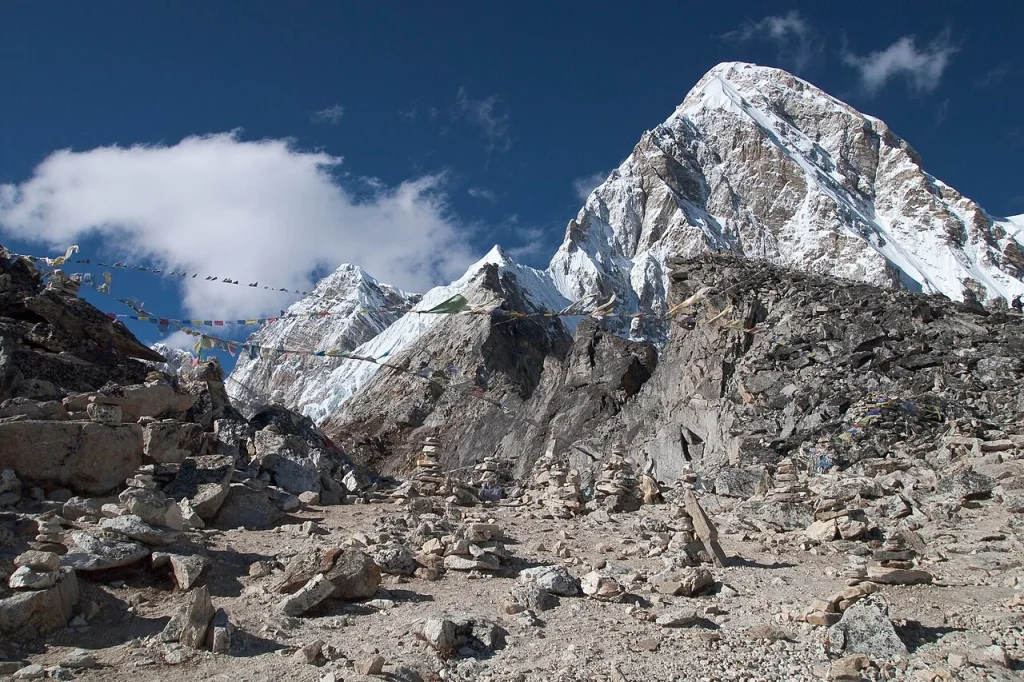 Everest
Everest
- Kanchenjunga (8,586 m)
- Where: Taplejung, Kanchenjunga Region
- Why It’s Special: The third-highest peak in the world, offering wild beauty and remote trails.
 Kanchenjunga
Kanchenjunga
- Annapurna I (8,091 m)
- Where: Kaski/Manang, Annapurna Region
- Why It’s Special: A stunning peak surrounded by popular trekking routes like the Annapurna Circuit.
 Annapurna I
Annapurna I
Other giants include Lhotse (8,516 m), Makalu (8,485 m), Cho Oyu (8,188 m), Dhaulagiri I (8,167 m), and Manaslu (8,163 m)—each with its unique charm and challenges.
Mid-Height Mountains for Adventurers
Not ready for 8,000 meters? Nepal’s 7,000-meter peaks are perfect for thrill-seekers who want big views without extreme altitude.
- Langtang Lirung (7,227 m)
- Where: Rasuwa, Langtang Region
- Why It’s Special: Close to Kathmandu, with gorgeous valleys and quieter trails.
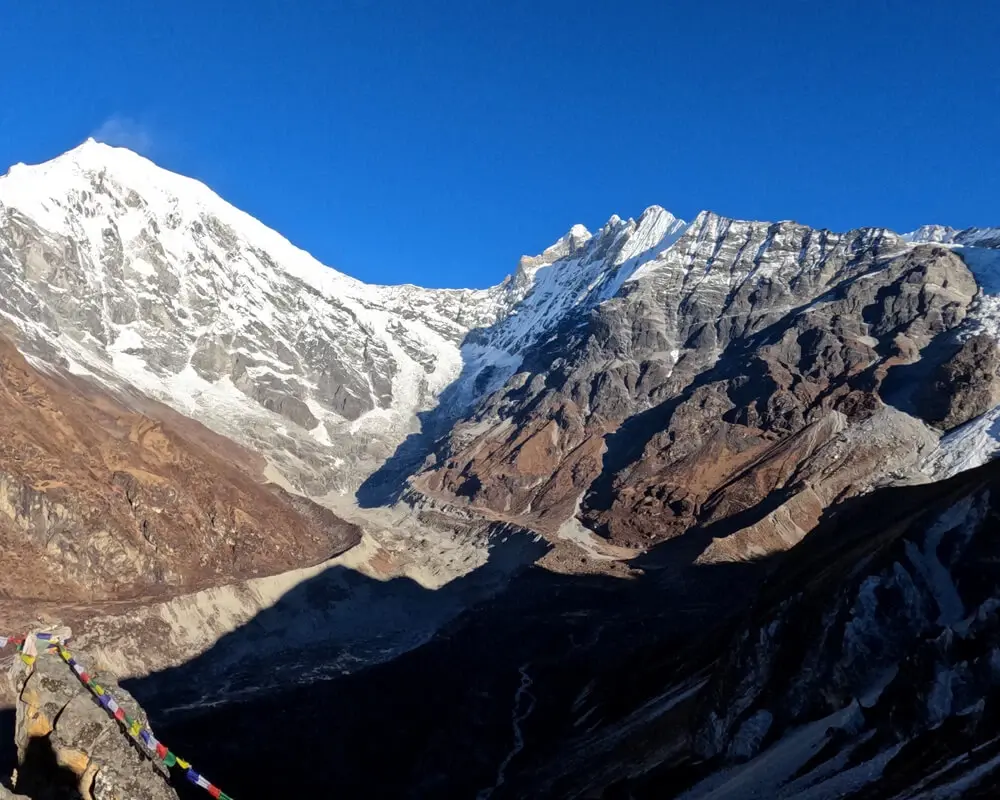 Langtang Lirung
Langtang Lirung
- Ganesh Himal I (7,422 m)
- Where: Rasuwa/Gorkha
- Why It’s Special: A striking ridge that’s less crowded than other peaks.
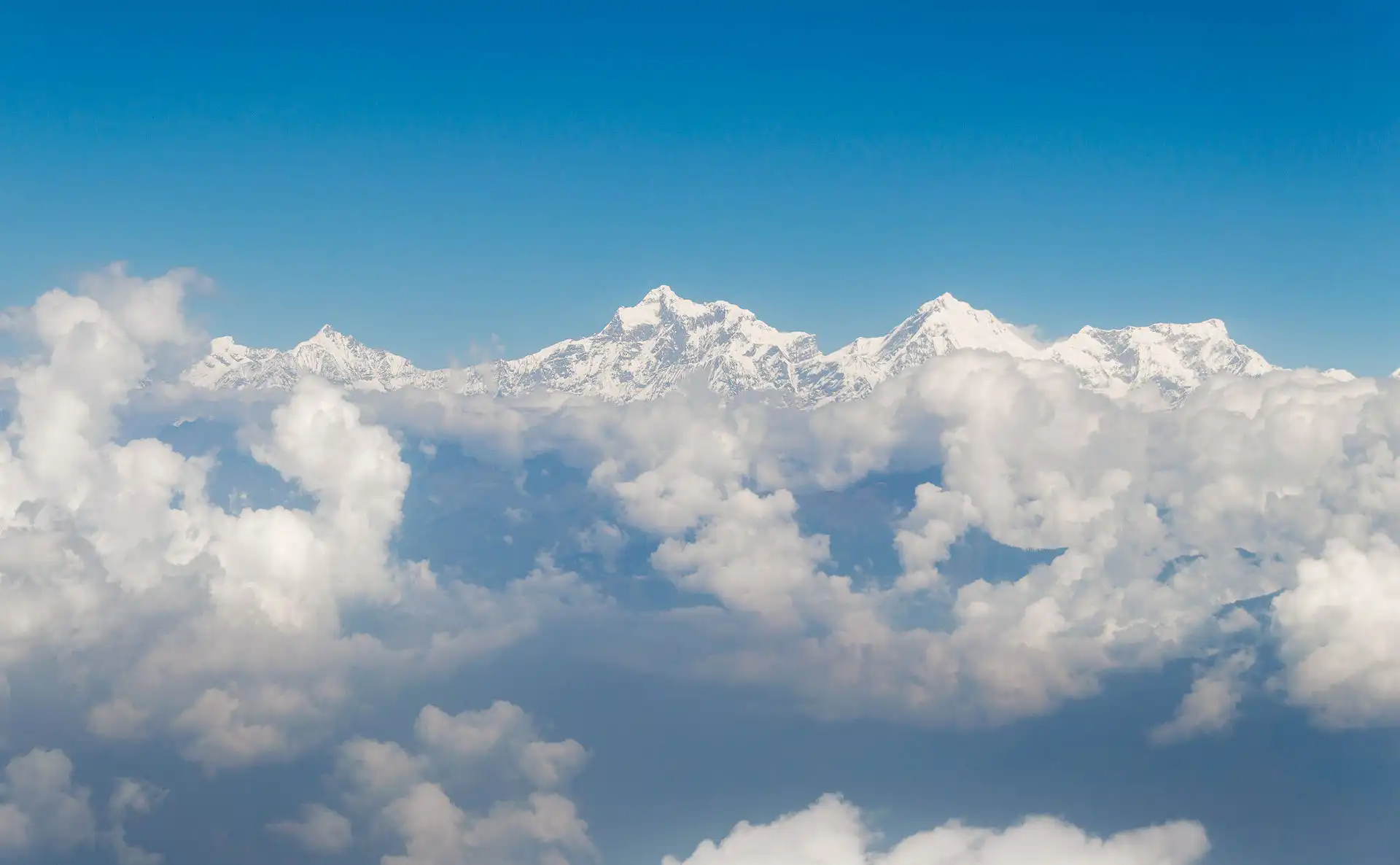
- Api Himal (7,132 m)
- Where: Darchula, Far-West Region
- Why It’s Special: A hidden gem in Nepal’s wild west.
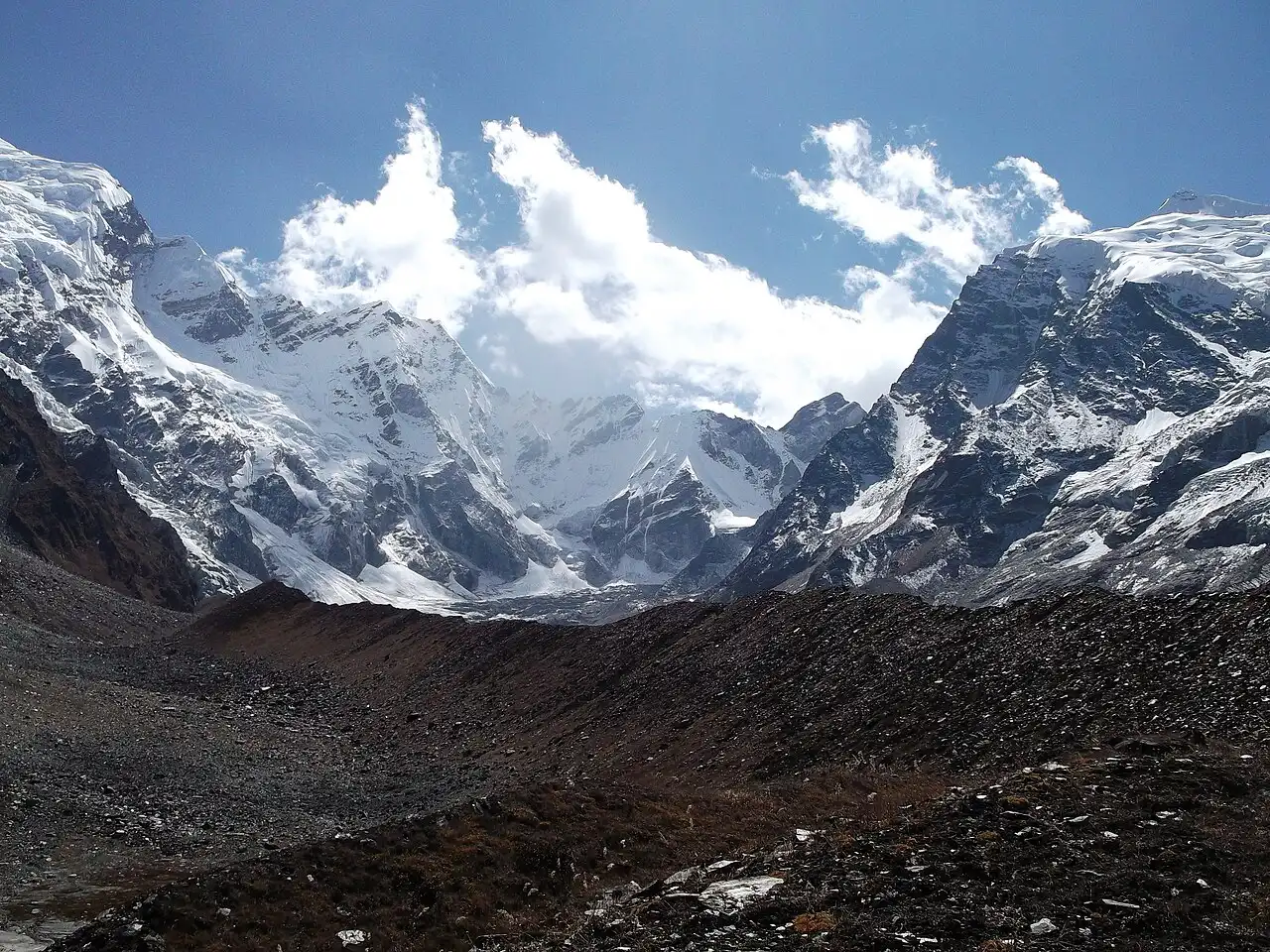
Trekking Peaks for Everyone
Nepal’s lower peaks (below 7,000 m) are great for beginners or those who love scenic hikes without hardcore climbing.
- Ama Dablam (6,812 m)
- Where: Solukhumbu, Everest Region
- Why It’s Special: Known as the “Matterhorn of the Himalayas” for its pyramid shape.
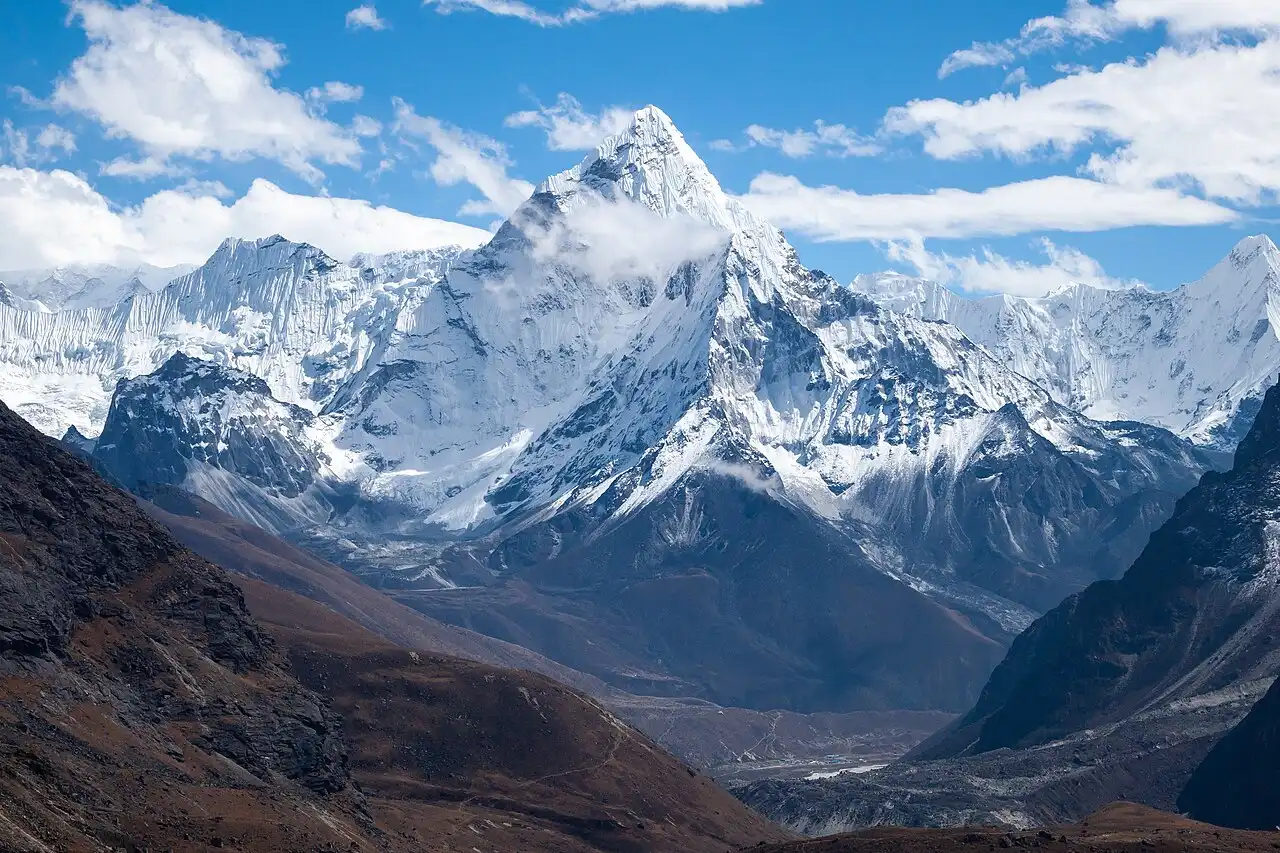
- Machapuchare (6,993 m)
- Where: Kaski, Annapurna Region
- Why It’s Special: Called “Fishtail” for its twin peaks, it’s sacred and unclimbed!
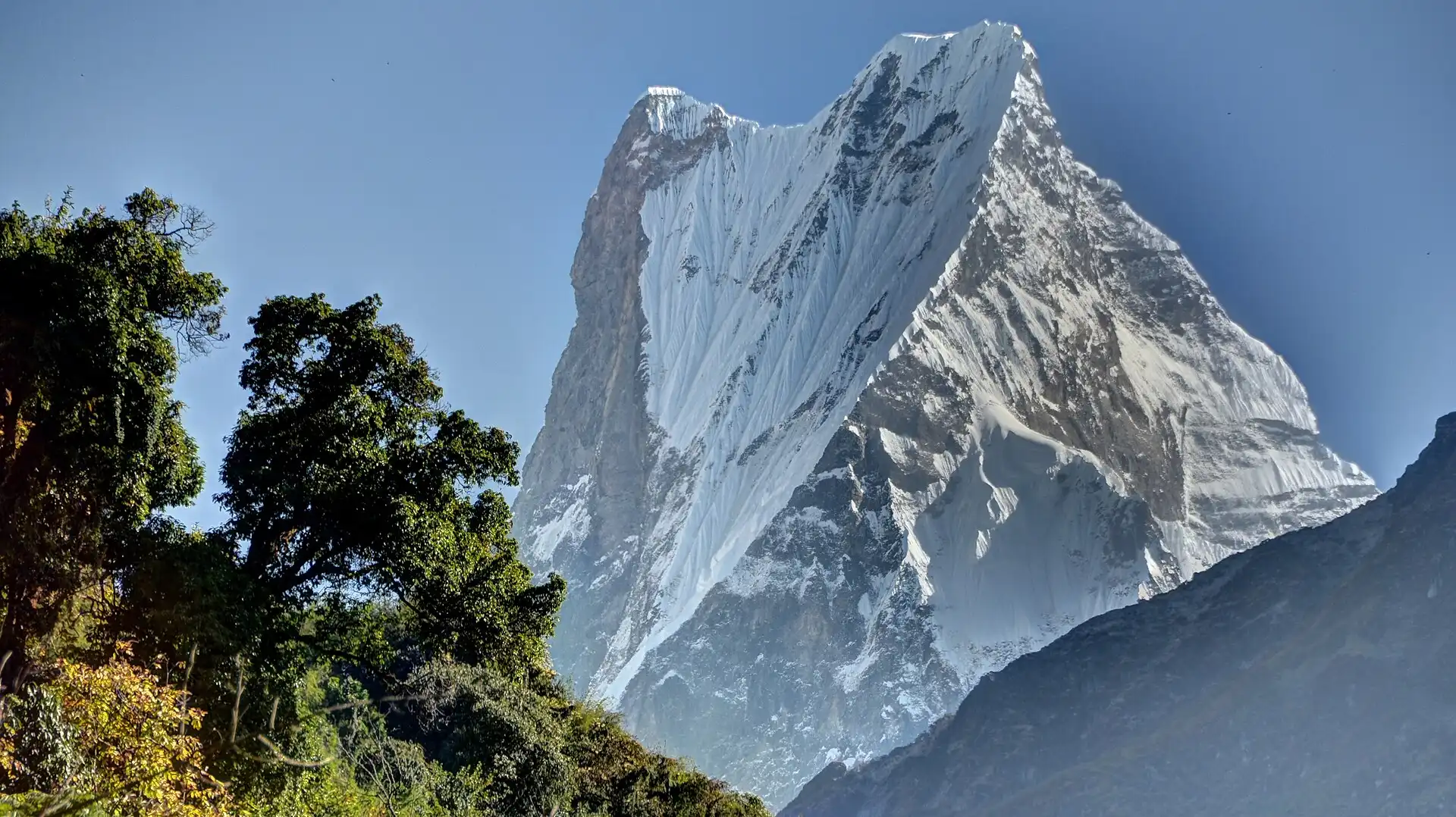
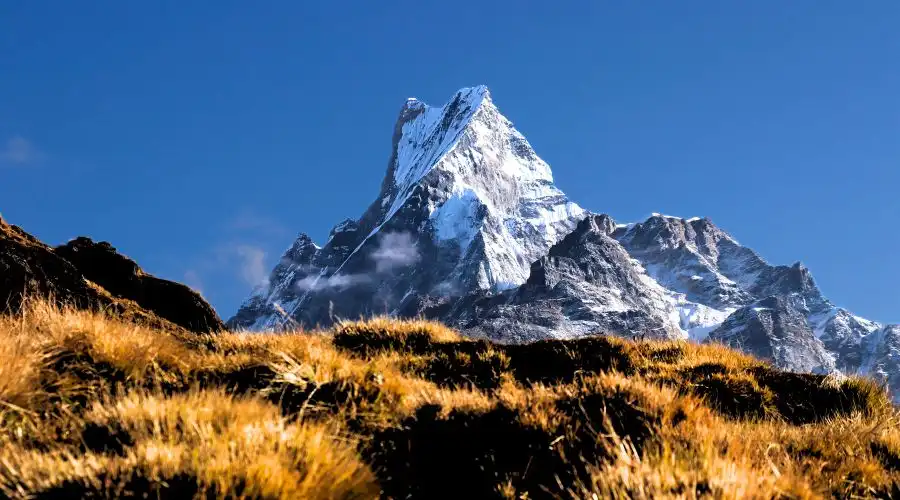
- Pisang Peak (6,091 m)
- Where: Manang, Annapurna Region
- Why It’s Special: A fun climb with amazing Annapurna views, perfect for new trekkers.
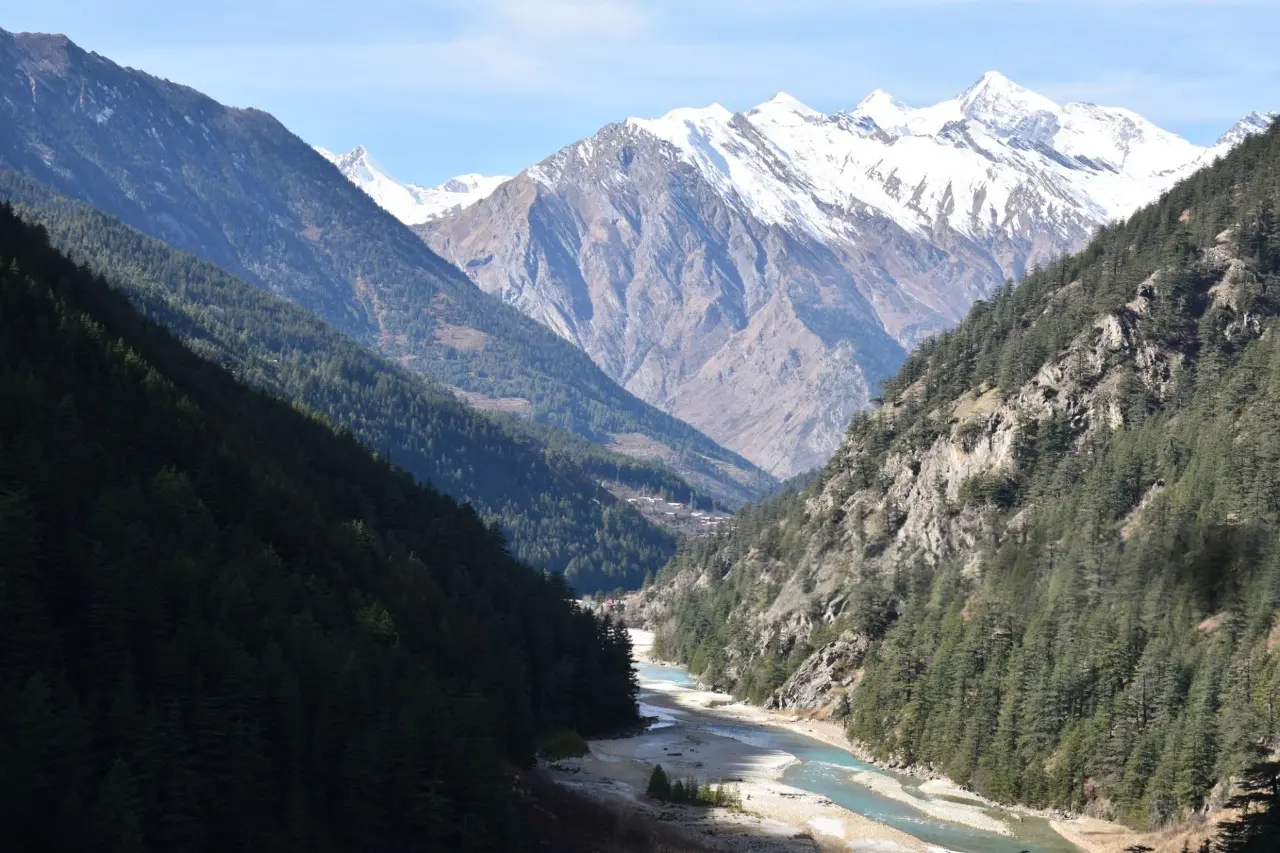
Where to Find These Mountains
- Everest Region (Solukhumbu): Everest, Ama Dablam, and more—perfect for epic adventures.
- Annapurna Region (Kaski/Manang): Annapurna I, Machapuchare—great for trekkers.
- Langtang Region (Rasuwa): Langtang Lirung, Ganesh Himal—close to Kathmandu and less busy.
- Manaslu Region (Gorkha): Manaslu, Larkya Peak—wild and remote.
Why Visit Nepal’s Mountains?
Nepal’s peaks aren’t just about height—they’re about breathtaking views, friendly locals, and unforgettable experiences. Whether you’re trekking to Everest Base Camp or snapping photos of Machapuchare, these mountains will steal your heart.
Ready to explore? Pack your boots, grab a map, and head to Nepal—the ultimate mountain destination!
Search Tags: Mountains of Nepal Trekking, Mountains of Nepal Climbing, Mountains of Nepal Adventure, Mountains of Nepal Permits, Mountains of Nepal 2025, Mountains of Nepal Everest, Mountains of Nepal Altitude, Mountains of Nepal Guides, Mountains of Nepal Annapurna ,Mountains of Nepal Expeditions.
These mountains look incredible! Which one would you say is the best for an adventurous first-time trekker in Nepal?
For an adventurous first-time trekker, I’d recommend the Annapurna Base Camp trek or the Langtang Valley trek. Both offer stunning scenery, manageable trails, and an unforgettable mountain experience.